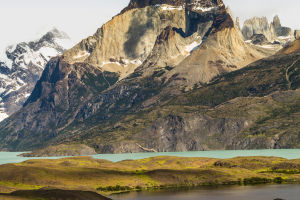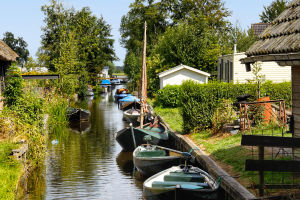Friends, get ready to wander through Quito’s dramatic tapestry of centuries‑old plazas, mist‑shrouded peaks, and vibrant street life. Perched at 2,850 m in the Andes, Ecuador’s capital blends charm with cosmopolitan flair.
From sunrise cable‑car rides to hidden artisan ateliers, each corner reveals a story. This guide unveils vivid details—ticket prices, transit times, lodging picks—to craft an unforgettable Quito adventure.
Stay Options
Accommodation ranges from boutique hostels near La Ronda to upscale hotels overlooking Plaza Grande. Dorm beds in Old Town cost $12–$18 per night; private rooms in family‑run guesthouses start at $35. Mid‑range hotels with heated floors and breakfast included average $75–$90. For a splurge, luxury properties in La Floresta offer rooftop terraces and spa access from $150.
Historic Core
Old Town’s UNESCO‑listed center showcases The Basilica del Voto Nacional—entry is $2, and climbing its towers at 9:00 AM or 3:00 PM grants panoramic views over the city’s terracotta roofs. Plaza de la Independencia buzzes with sculpted fountains and government palaces. Guided walking tours (2 hours, $20) led by certified local historians bring to life architecture and hidden alleyways.
Cable Ride
El Teleférico whiskers visitors 4 km up Pichincha Volcano in 15 minutes. Round‑trip tickets cost $8 and depart every 30 minutes from 9:00 AM to 6:00 PM. At 4,050 m, a scenic lookout café serves hot chocolate for $3. Remember to ascend slowly—altitude sickness can strike above 3,500 m—and spend 10 minutes acclimatizing before tackling hilltop hiking trails.
Market Trek
A 1‑hour drive north brings the Otavalo Market, where woven ponchos sell for $25, and hand‑carved tagua nut earrings cost $8. Buses depart Quito’s Terminal Carcelén at 6:30 AM, arriving by 8:30 AM for $3.50 one way. Browse stalls until noon, at local stands for $6 before catching the 2:00 PM return bus.
Local Flavors
Culinary discoveries await at food stalls in La Mariscal—empanadas de viento (cheese‑filled, lightly fried) for $1.50, and a hearty locro de papa (potato and cheese soup) for $4. Dinner at mid‑range restaurants runs $12–$18, featuring seco de chivo (goat stew) or grilled trout from the Andean highlands. Top off with helado de paila, hand‑churned fruit sorbet, for $2.
Transit Tips
Quito’s red trolley buses ply main avenues, charging $0.25 a ride—exact change required. The new Metro line (Phase 1) links La Carolina to El Ejido in 20 minutes for $0.35 per trip. Rideshare apps operate from 5:30 AM to midnight; a 10‑minute hop across town typically costs $3–$5, depending on traffic.
Safety Note
Quito is generally safe, but vigilance pays: avoid poorly lit alleys after 9:00 PM and leave valuables locked in hotel safes. Use ATMs inside banks, not on street corners. Pickpocketing in crowded markets can occur—carry a slim money belt and only the cash needed for the day.
Secret Spots
Venture to Parque Itchimbía—a $1 entry funicular ride lifts to verdant paths and modern art pavilions. Sunset here paints El Panecillo’s statue in golden hues. In Andres Cordero’s La Floresta studio district, free mural tours showcase over 50 street artworks; audio‑guide apps cost $2 and unveil hidden symbolism.
Day Trips
Mitad del Mundo beckons with its equatorial monument and onsite museum—entry is $5 and guided experiments (balancing eggs, water swirling) cost $3 extra. Cayambe’s thermal springs lie 3 hours away by shared van ($10 each way), where natural pools heat to 38 °C, ideal for chilly mountain mornings.
Timing Guide
Dry season runs June through September, offering clear skies for cityscape views. Weekdays bring lighter foot traffic in historic centers; plan museum visits (open 9:00 AM–5:00 PM) Monday through Saturday. Sundays see plazas fill with dancers and musicians—perfect for impromptu cultural immersion.
Final Thoughts
With precise itineraries, budget breakdowns, and insider tips, Quito transforms from waypoint to centerpiece of any Ecuadoran journey. Which sunrise cable‑car vista or hidden mural will captivate first? Friends, pack your curiosity and chart your path—Quito’s blend of history, high‑altitude panoramas, and vibrant street life awaits your discovery.


